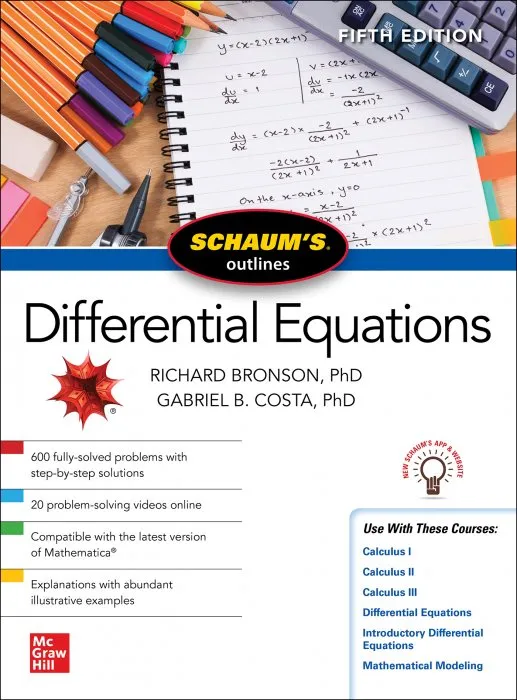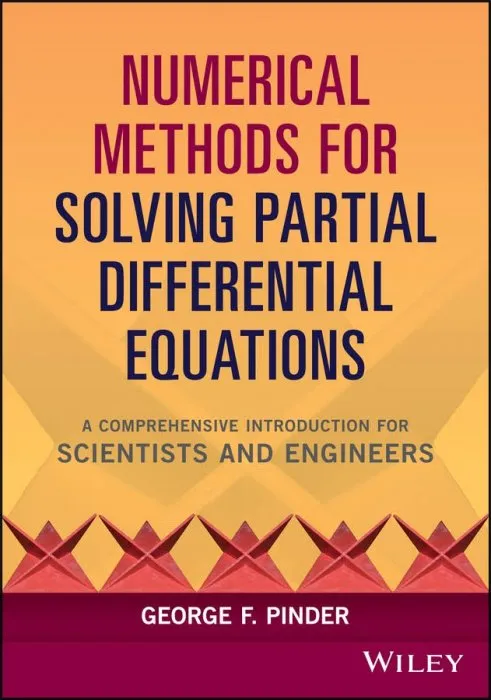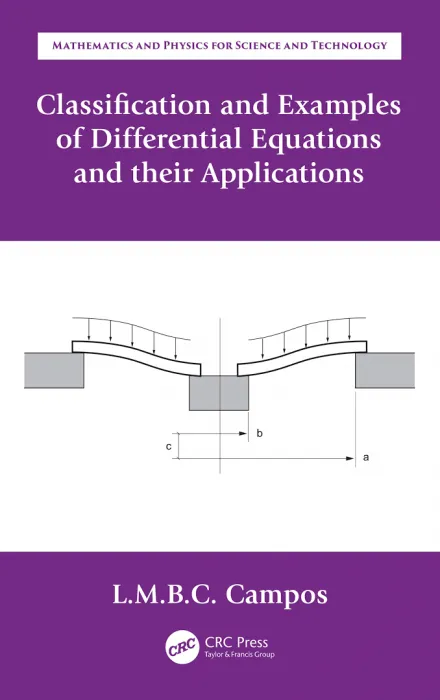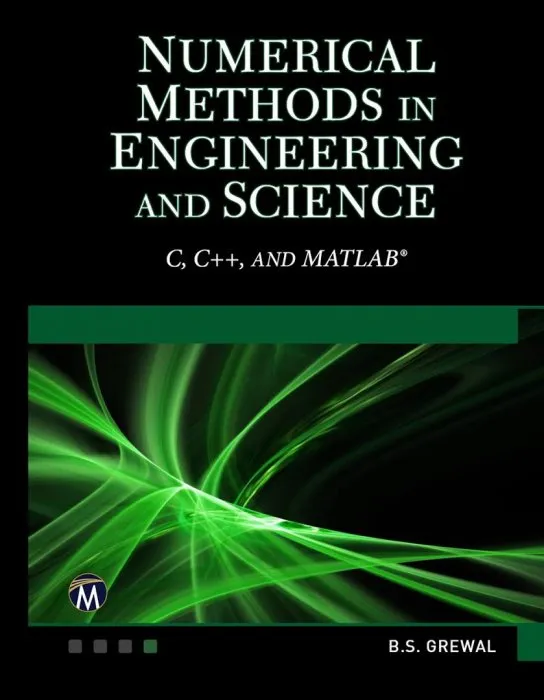Excel for Scientists and Engineers: Numerical Methods
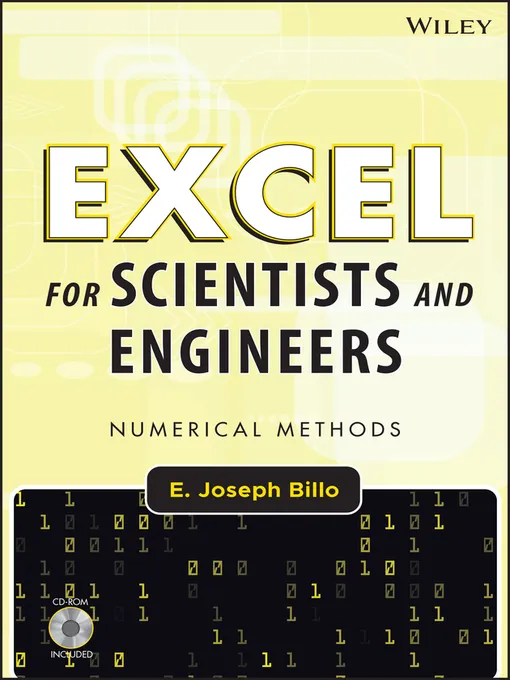
Date: March 16th, 2007
ISBN: 0471387347
Language: English
Number of pages: 476 pages
Format: PDF
Add favorites
Learn to fully harness the power of Microsoft Excel(r) to perform scientific and engineering calculations
With this text as your guide, you can significantly enhance Microsoft Excel's(r) capabilities to execute the calculations needed to solve a variety of chemical, biochemical, physical, engineering, biological, and medicinal problems. The text begins with two chapters that introduce you to Excel's Visual Basic for Applications (VBA) programming language, which allows you to expand Excel's(r) capabilities, although you can still use the text without learning VBA. Following the author's step-by-step instructions, here are just a few of the calculations you learn to perform:
• Use worksheet functions to work with matrices
• Find roots of equations and solve systems of simultaneous equations
• Solve ordinary differential equations and partial differential equations
• Perform linear and non-linear regression
• Use random numbers and the Monte Carlo method
This text is loaded with examples ranging from very basic to highly sophisticated solutions. More than 100 end-of-chapter problems help you test and put your knowledge to practice solving real-world problems. Answers and explanatory notes for most of the problems are provided in an appendix.
This text does not require any background in programming, so it is suitable for both undergraduate and graduate courses. Moreover, practitioners in science and engineering will find that this guide saves hours of time by enabling them to perform most of their calculations with one familiar spreadsheet package.
With this text as your guide, you can significantly enhance Microsoft Excel's(r) capabilities to execute the calculations needed to solve a variety of chemical, biochemical, physical, engineering, biological, and medicinal problems. The text begins with two chapters that introduce you to Excel's Visual Basic for Applications (VBA) programming language, which allows you to expand Excel's(r) capabilities, although you can still use the text without learning VBA. Following the author's step-by-step instructions, here are just a few of the calculations you learn to perform:
• Use worksheet functions to work with matrices
• Find roots of equations and solve systems of simultaneous equations
• Solve ordinary differential equations and partial differential equations
• Perform linear and non-linear regression
• Use random numbers and the Monte Carlo method
This text is loaded with examples ranging from very basic to highly sophisticated solutions. More than 100 end-of-chapter problems help you test and put your knowledge to practice solving real-world problems. Answers and explanatory notes for most of the problems are provided in an appendix.
This text does not require any background in programming, so it is suitable for both undergraduate and graduate courses. Moreover, practitioners in science and engineering will find that this guide saves hours of time by enabling them to perform most of their calculations with one familiar spreadsheet package.
Download Excel for Scientists and Engineers: Numerical Methods
Similar books
Information
Users of Guests are not allowed to comment this publication.
Users of Guests are not allowed to comment this publication.
